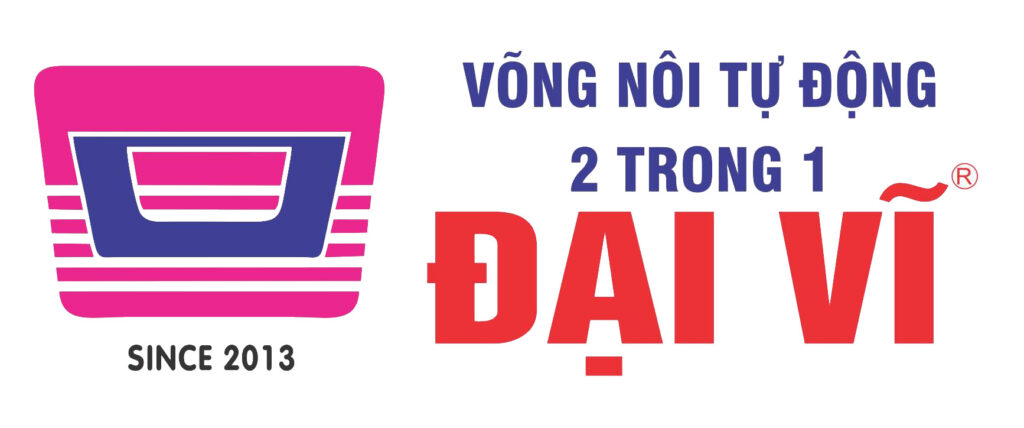Bookkeeping
Straight Line Depreciation Method What Is It, Formula
The adjusted basis of the property at the time of the disposition is the result of the following. For a short tax year of 4 or 8 full calendar months, determine quarters on the http://техноинжениринг.рф/reduction-contents-of-manganese/ basis of whole months. The midpoint of each quarter is either the first day or the midpoint of a month. Treat property as placed in service or disposed of on this midpoint.
Straight-Line Method of Assets Depreciation
The following examples illustrate whether the use of business property is qualified business use. Other property used for transportation does not include the following qualified nonpersonal use vehicles (defined earlier under Passenger Automobiles). If you choose to remove the property from the GAA, figure your gain, loss, or other deduction resulting http://selena96.ru/name/6700-421052-Jyrnalpcmagazinereno-08.html from the disposition in the manner described earlier under Abusive transactions. Expensed costs that are subject to recapture as depreciation include the following. When you dispose of property included in a GAA, the following rules generally apply. The DB method provides a larger deduction, so you deduct the $192 figured under the 200% DB method.
Straight-Line Method of Depreciation
Then divide the resulting figure by the total number of years the asset is expected to be useful. In accounting terms, this is referred to as an asset’s useful life. Thus, the depreciation expense in the income statement remains the same for a particular asset over the period. As such, the income statement is expensed evenly, and so is the asset’s value on the balance sheet. The asset’s carrying amount on the balance sheet reduces by the same amount. When you purchase the asset, you’ll post that transaction to your asset account and your cash account, creating a contra account in order to keep track of your accumulated depreciation.
How to Record Straight-Line Depreciation in Financial Statements
If you file a Form 3115 and change from one permissible method to another permissible method, the section 481(a) adjustment is zero. If an amended http://www.animalgrad.ru/video/MolaMola/109 return is allowed, you must file it by the later of the following. The nontaxable transfers covered by this rule include the following.
Straight-line depreciation posts the same amount of expenses each accounting period (month or year). But depreciation using DDB and the units-of-production method may change each year. The depreciation per unit is the depreciable base divided by the number of units produced over the life of the asset. In this case, the depreciable base is the $50,000 cost minus the $10,000 salvage value, or $40,000. Using the units-of-production method, we divide the $40,000 depreciable base by 100,000 units.
- Assume the same facts as in Example 1, except that you maintain adequate records during the first week of every month showing that 75% of your use of the automobile is for business.
- When a company purchases a capital asset, it is recorded at its original cost in the fixed assets section.
- Tara Corporation, a calendar year taxpayer, was incorporated on March 15.
- However, if you completely replace the roof, the new roof is an improvement because it is a restoration of the building.
- If the MACRS property you acquired in the exchange or involuntary conversion is qualified property, discussed earlier in chapter 3 under What Is Qualified Property, you can claim a special depreciation allowance on the carryover basis.
Calculate the cost of the asset
Your use of either the General Depreciation System (GDS) or the Alternative Depreciation System (ADS) to depreciate property under MACRS determines what depreciation method and recovery period you use. You must generally use GDS unless you are specifically required by law to use ADS or you elect to use ADS. For certain property with a long production period and certain aircraft placed in service after December 31, 2023, and before January 1, 2025, you can elect to take an 80% special depreciation allowance.
The amount of detail required to support the use depends on the facts and circumstances. The depreciation figured for the two components of the basis (carryover basis and excess basis) is subject to a single passenger automobile limit. Special rules apply in determining the passenger automobile limits.
- The process enables businesses to recover the cumulative cost of an asset over its life rather than just the purchase price.
- For example, for 3-year property depreciated using the 200% declining balance method, divide 2.00 (200%) by 3 to get 0.6667, or a 66.67% declining balance rate.
- Things wear out at different rates, which calls for different methods of depreciation, like the double declining balance method, the sum of years method, or the unit-of-production method.
- This straight line method for depreciation helps in allocating or spreading the cost throughout the life in order to find out what should be the probable worth of it after a time period.
To figure out the value of your business
It is taken into account in the year of change and is reported on your business tax returns as “other expenses.” A positive section 481(a) adjustment results in an increase in taxable income. Make the election by completing the appropriate line on Form 3115. The total accumulated depreciation at the end of the asset’s useful life will be the same as an asset depreciated under the straight line method. However, an asset depreciated using the double declining balance method will have depreciation expense taken over a smaller number of years than one depreciated using straight line depreciation. To apply the units of production method, the total depreciable cost of the asset is first divided by its estimated useful life in terms of output or usage (e.g., machine hours). This provides a per-unit depreciation rate, which is then multiplied by the actual usage for each accounting period.




